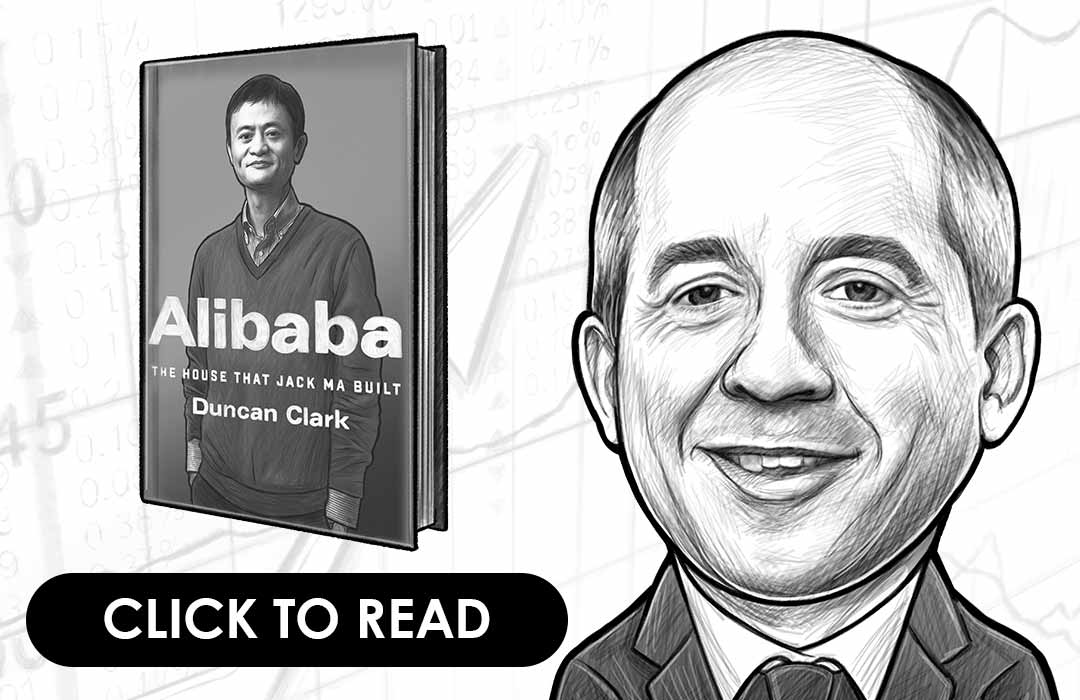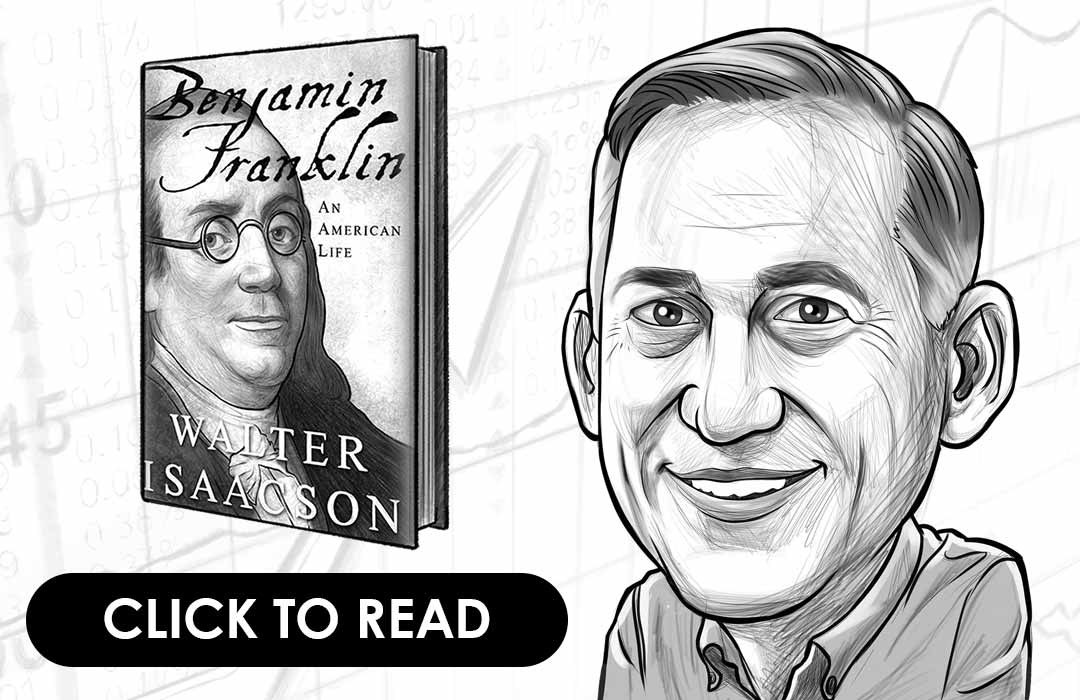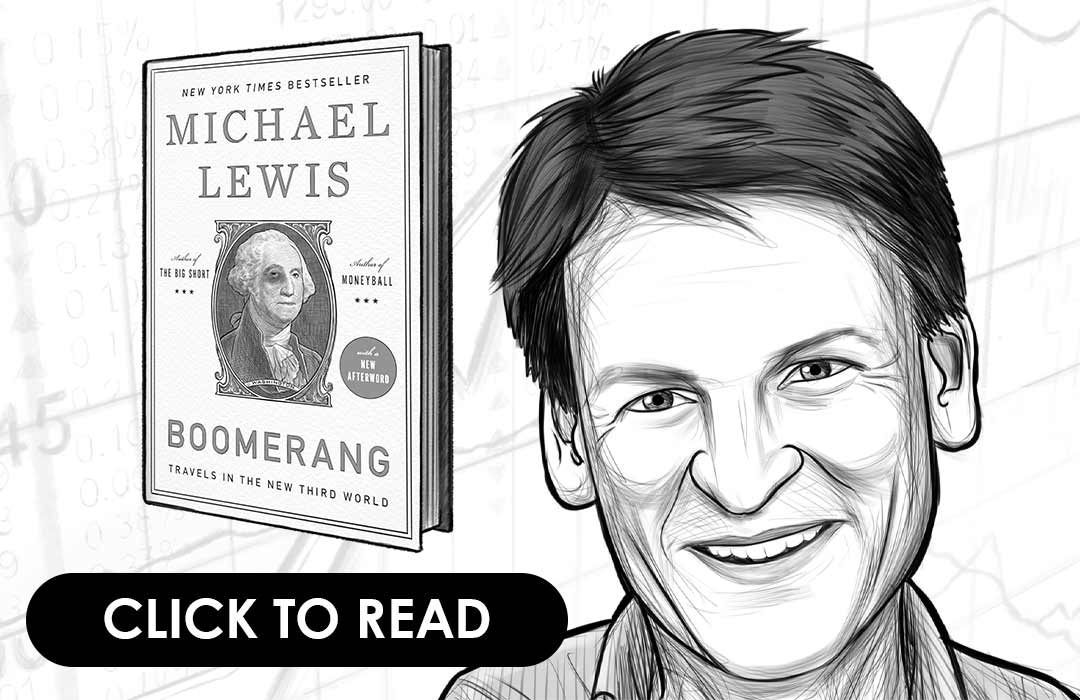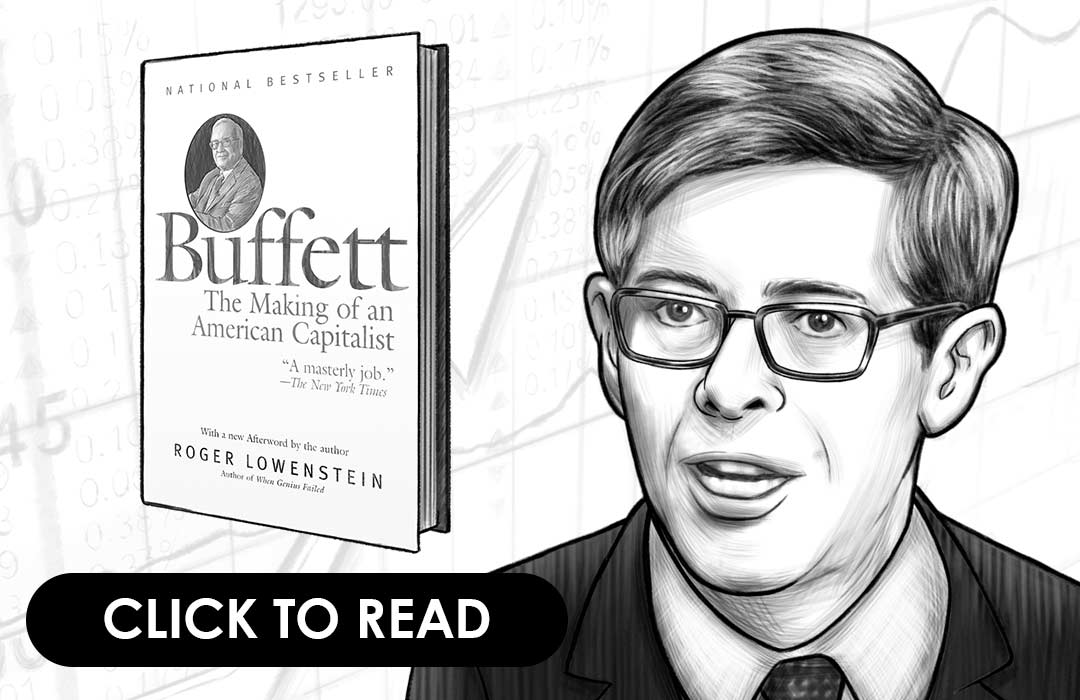An Executive Summary Of The Alchemy Of Finance
By George Soros
WHO IS GEORGE SOROS?
George Soros, a Jewish-Hungarian, was born on August 12th, 1930. Known as one of the most profitable and powerful investors in the entire world, Soros has influenced millions of investors today. He also serves as the chairman at the Soros Fund Management, but is most famous for being one of the 30 richest people in the entire world. Thanks to his ingenuity, Soros was known to move markets when he gained recognition while competing against the British pound. To read more about his detailed explanation on how to succeed, read this book: The Alchemy of Finance.
PRESTON AND STIG’S GENERAL THOUGHTS ON THE ALCHEMY OF FINANCE
This is not an easy book to read, and I generally wouldn’t recommend it to most people. George Soros discusses how the economic theory in general is flawed, and how he sees the financial world. While a lot of books do that with success, I think the practicality of The Alchemy of Finance is very limited for most investors, as it requires a very detailed understanding of micro and macroeconomics literature.
Two things I want to highlight though. His discussion about how conglomerates could grow unsustainable because of investors’ lack of knowledge in accounting and valuation was fascinating. The same was his explanation about how floating exchange rates encouraged the exact opposite of stability, which is the main argument for having a floating exchange rate in the first place. He insists the current system leads to crashes in fiat currencies. $1B profit for speculating against the pound in 1992 is perhaps the best example of Soros’ teaching put into practice.
PREFACE OF THE ALCHEMY OF FINANCE
This is a special edition that also contains a foreword by Paul. A. Volcker, the American Economist who was the chairman of the Federal Reserve. In addition, this edition also includes another special chapter by Soros where he elaborates on his secrets to gain success. Soros not only discusses theoretical methods, but he also presents practical ways to help the reader understand the current trends of the financial market today. Filled with incredible wisdom straight from Soros, this book is definitely a must read for anyone who wants to learn from the legend himself.
Understand the financial markets
in just a few minutes.
Get the daily email that makes understanding the financial markets
easy and enjoyable, for free.
PART 1: THEORY
The first part of the book is divided into several chapters where the theory of reflexivity is explained in great detail. The concepts can certainly be hard to grasp for the beginner, but since Soros explains everything with real‐time examples with his own experience, it makes it a little easier. Soros also states that since the stock market meets all the criteria of a perfect competition, he chose it to develop his theory of reflexivity.
At this point, Soros explores the concept of equilibrium and argues that it’s a misconception when it comes to the stock market. Once can observe several fluctuations in the market and since the underlying conditions are also changing constantly, especially when it’s supposed to be reflecting the changes in the market, it’s a little difficult to show a firm relationship between the two.
Soros further explains that theories can be divided into technical and fundamental theory. While the technical theory is almost useless to the practitioner, the fundamental theory is quite interesting since it’s nothing but an out-growth of the equilibrium theory. It highlights the connection between the companies and its stock prices. While it’s accepted that the fortunes of the companies determine the stock prices, it’s ignored that the stock prices can also affect the fate of the companies.
Any discrepancies between fundamental values and stock prices are quickly ignored and are blamed on the company’s future developments. Therefore, Soros states that he thinks in the opposite manner and doesn’t believe that the stock prices reflect the underlying values. In fact, the market has too many distorting valuations and these distortions also have the ability to affect underlying values.
Of course, this is not to say that the events that take place don’t correspond with the expectations of the participants. This also doesn’t mean that the markets can’t predict anything at all; however, it’s certainly very limited. Therefore, to translate his approach in a better manner, Soros replaces the commonly accepted assertions in the market by pointing out that the markets tend to be biased at all times in at least one direction. In addition, the markets also possess the power to affect the events they can anticipate. When a combination of the assertions mentioned here is applied, it becomes easy to understand why the markets have the ability to anticipate some events.
PART 2: HISTORICAL PERSPECTIVE
Soros begins this section with a discussion about the international problem that revolves around debt. He points out that the reflexivity analysis makes it tough to determine any one single element because there are so many that come into consideration. In order to explain this better, he compares it to boom/bust that occurs usually in international lending. To further complicate matters, the debt problem has played a significant role in the banking system’s evolution and this in itself is also a reflexive process, which also plays a crucial role in the entire situation.
Soros explains the debt problem with three different view-‐points: reflexive phenomenon, factor in banking system’s evolution and as a part of the economic situation. In order to make it clear, Soros goes back to 1972 to explore the origins of the lending. Back in those days, banks were considered boring and dull. Managements found it tough to forget the failures experienced in the 1930s and safety was the best option. However, there were changes occurring underneath.
Suddenly, banks were attractive to a new breed of managers and other people who conducted business aggressively. With a different school of thought, these bankers believed in pushing the envelope and certainly went far ahead than what was acceptable at that time. They also realized that they had to increase the equity capital in order to continue their growth. During this time, there was a tremendous demand for oil and the money just piled up in the countries that had a huge stock.
Thanks to the petrodollars, the banks were more than happy to lend and also found many takers. This sort of international lending attracted many other bankers who didn’t even have any experience in their field. It went on to such an extent that the banks could no longer keep up with the fast pace and were stretched to the maximum. As the position of the debtor countries worsened, the banks found it almost impossible to disengage themselves from the chaos and it was too late.
Therefore, Soros explains that it’s extremely crucial to supervise financial institutions. In addition, it’s also important to have some kind of an intervention to prevent the situation from going completely out of control.
PART 3: THE REAL-TIME EXPERIMENT
In the first part of this section, Soros talks about how the problems of the American dollar were finally recognized. In 1984, the Imperial Circle had operations with both the US dollar and the economy. The economy was impressively strong and foreigners were also raking in the benefits. However, during the end of 1984, the interest rates began to ease with the economy slackening a bit. At this juncture, the dollar dipped down but after a while, it continued to go strong. Many people thought that the dollar strength and economy strength and difference in interest rates were interlinked, but this situation proved to be different. When the dollar refused to budge, the interest rates blew out of the roof and this made the US realize that the very strength of the dollar had finally become a big problem.
Suddenly, the US was forced to make arrangements to make the dollar decline. It did go down against the German Mark and fell down by about 15%, but it stabilized for about 3 months before continuing to decline again. In this section, Soros explains several possibilities that could lead to scenarios that are purely disastrous. This is where he proposes to come up with real-‐time experiments to help the reader also understand and judge the results himself.
Further in this section, Soros explains his experiments in great detail and also includes charts to make it clear. As the title of this particular chapter states, he has recorded his experiments during December 1985. He states that the market continued to weaken during that period of time and although the experts certainly have more information than him, Soros asserts that he will judge the situation along the sidelines. The common opinion is that the markets are usually biased and although Soros says that it’s untrue, he also believes that the market has an uncanny ability to make some predictions come true.
Soros also discusses some signals he received to determine whether the market was strong or weak. The market with its suspicious fluctuations and the decline in auto sales could be indicators that the negative side is more dominant. Apart from that, the housing industry also displayed signs of struggle, thereby contributing to the evidence further. This slump in the economy could be a clear sign that the country is heading towards depression.
PART 4: EVALUATION
As the title of this section suggests, Soros evaluates the results of the experiments he conducted. Soros also declares that the results he found were definitely something he hadn’t expected. In addition, the results delivered in the 2nd phase were so different than the first one that he had to rewrite it, thanks to the circumstances.
While evaluating his approach, Soros mentions that it’s important to distinguish between its capability to predict events in the future and its capacity to produce profits in the market. He also explains why this distinction is so important in other parts of the chapter. While talking about the results, he says that the most profitable period of his funds coincided with the Phase 1. This experiment was conducted for a period of about 11 months and there were quite a few changes in many stock prices at the time.
Although this period was certainly very profitable for many investors, even when they seemed like they were going to fail because of their position in the currency trend, only a few of them did as good as his fund. However, phase 2 was a loss, but if the tests of both phases are taken into consideration, coupled with Soros’s performance, it can be deemed satisfactory.
Interestingly, Soros also admits that his approach wasn’t flawless. While he was too late to purchase bonds and too early to sell them, he also had the courage and expertise to reestablish his position at a higher price. He was also late to recognize the bull market that was considered the worst of all and this certainly had major implications. The biggest problem he saw was in Japan where he couldn’t get out on time while participating in a boom/bust sequence.
Overall, his evaluation shows that his approach delivered outstanding results in a good time while preventing major losses in bad times. It can be termed as a good approach because his analytical framework also helped him understand what he was pitted against.
Understand the financial markets
in just a few minutes.
Get the daily email that makes understanding the financial markets
easy and enjoyable, for free.
PART 5: PRESCRIPTION
In this final part of the book, Soros concludes that it’s redundant to denounce the equilibrium any further. In the very first chapter, Soros questioned the concept and declared that it’s nothing but hypothetical and has very little adherence to reality. In the following chapters, Soros also analyzed macro‐economic developments and made it clear that they have no tendency to lean towards equilibrium. The only thing that makes sense is the conclusion that they lean towards the excesses that can become unsustainable over time and are corrected eventually.
Equilibrium is actually supposed to ensure that the resources are allocated optimally. If the markets fail to lean towards the equilibrium, then one has to believe that the markets do not optimize anything. This concept of optimum can be startling; however, both these concepts of equilibrium and optimum don’t have any relevance to reality since they operate on perfect knowledge.
At this point in the chapter, Soros talks about his uncanny ability to judge things based on the events that occur around him. He’s so intuitive that his gut feeling sometimes predicts a disaster looming in the horizon. Of course, he certainly can’t exactly predict as to what shape the disaster could take, but his capability to organize different abstract ideas has certainly helped him more than anything.
Soros continues to talk about how people are obsessed with the objective criterion in such a manner that it begins to blur their thoughts. It almost takes them away from reality. With such a fixation, we usually tend to place a value on them they intrinsically don’t even possess. For instance, there’s so much of importance placed on profit that it becomes the very end in itself, rather than becoming a means to the end. Every activity we take up is quickly measured by the amount of profit it can deliver.
For instance, artists are valued according to the money they price their work for, instead of valuing them for their art. We are all driven with the urge to think about profit even while doing something that’s supposed to be motivating and inspiring. The motive to make profit is so deep-‐rooted that it’s almost impossible to consider anything else other than making money.







